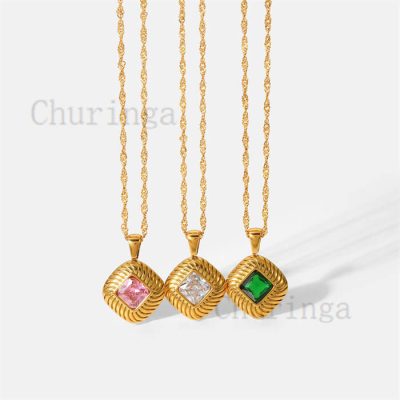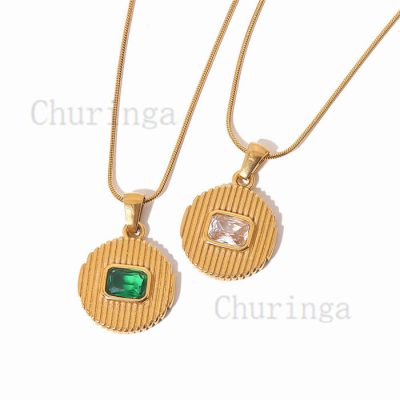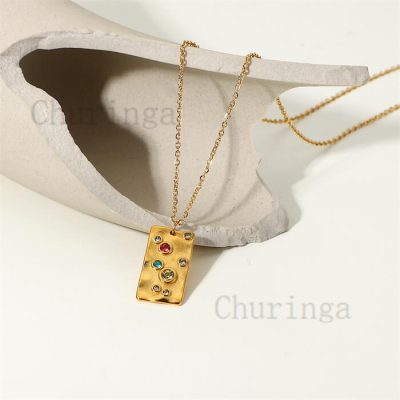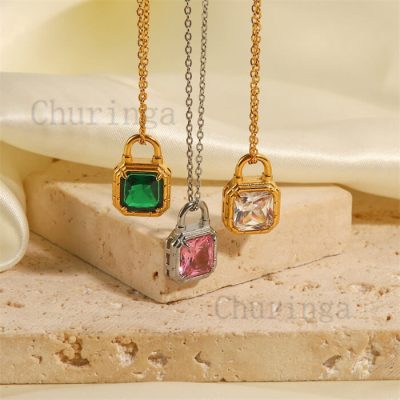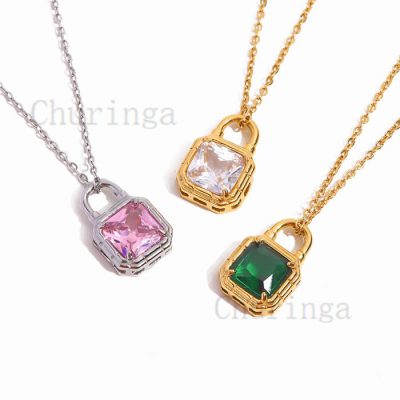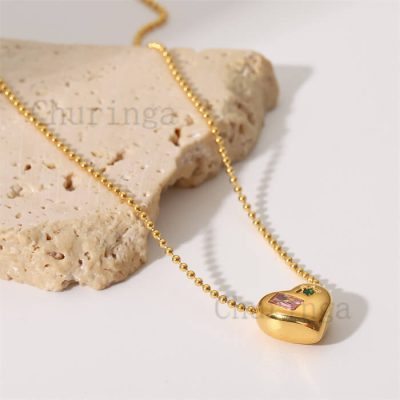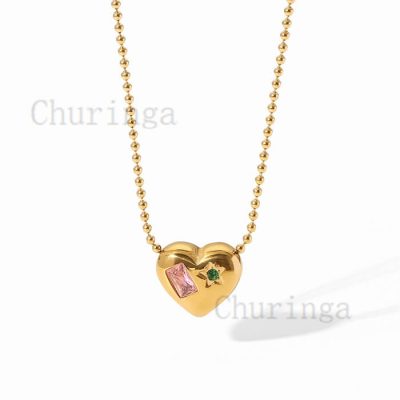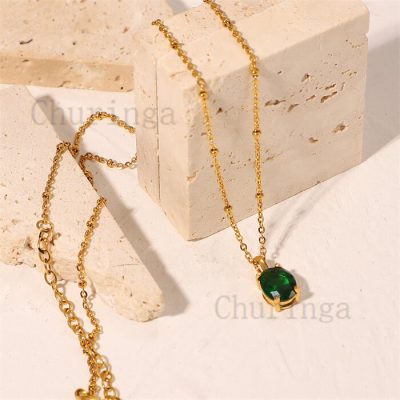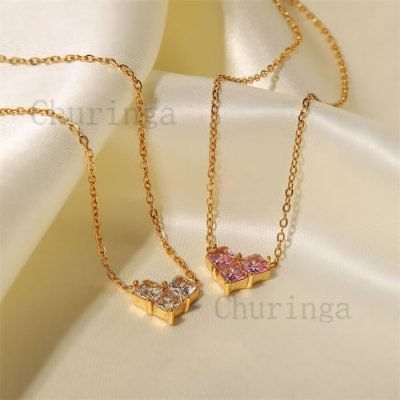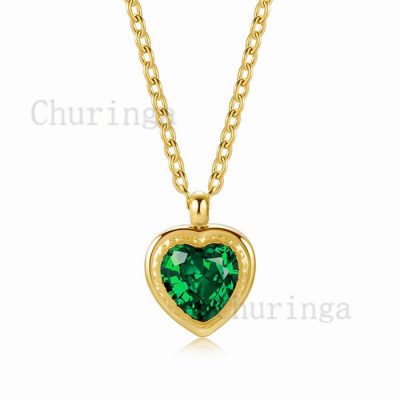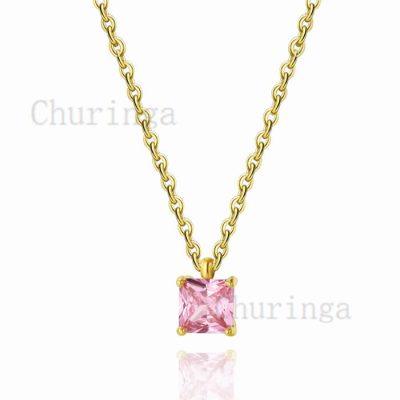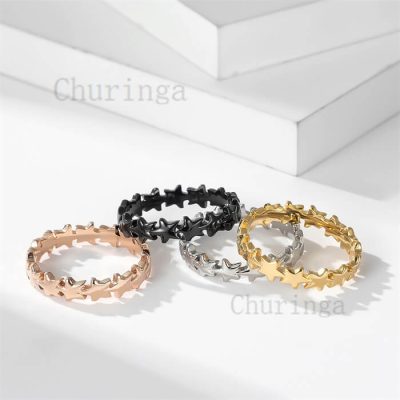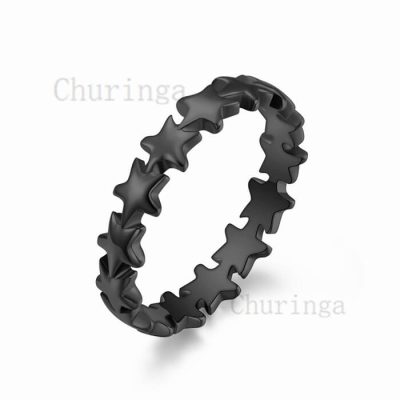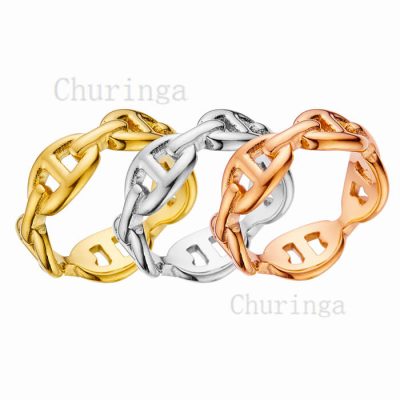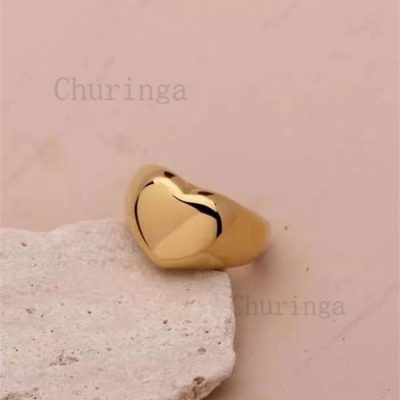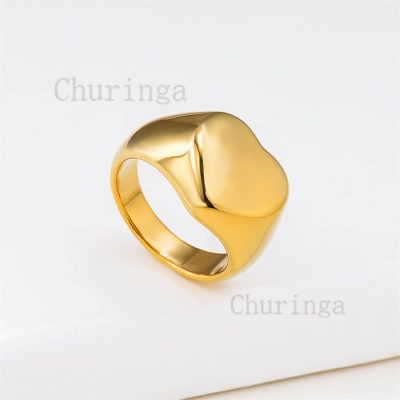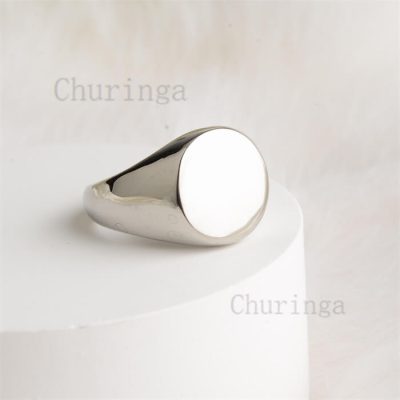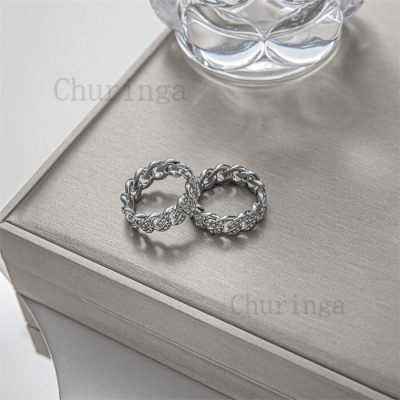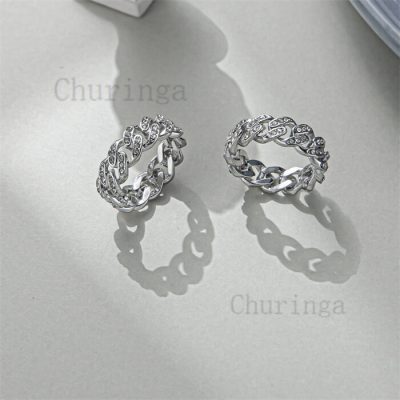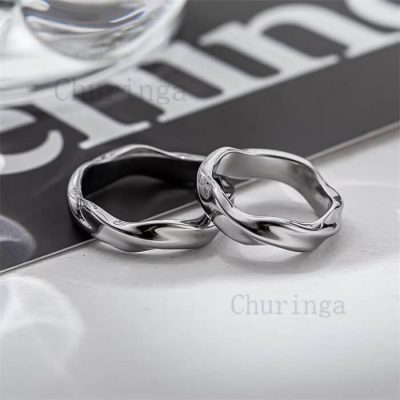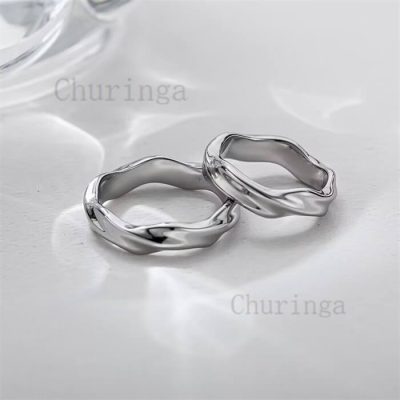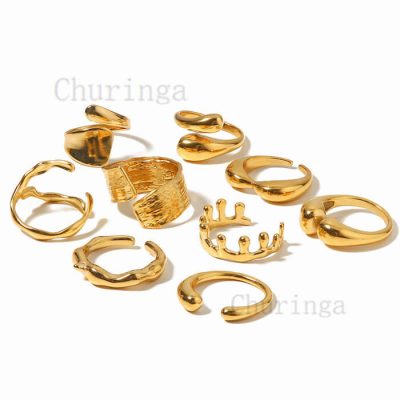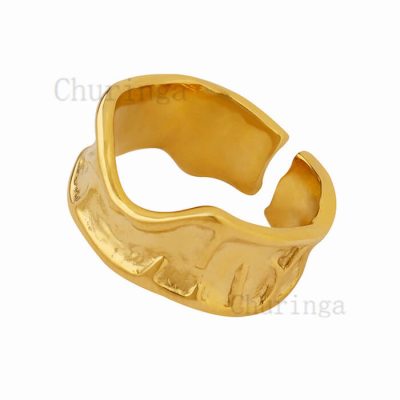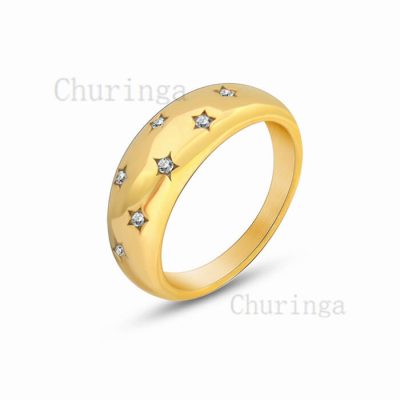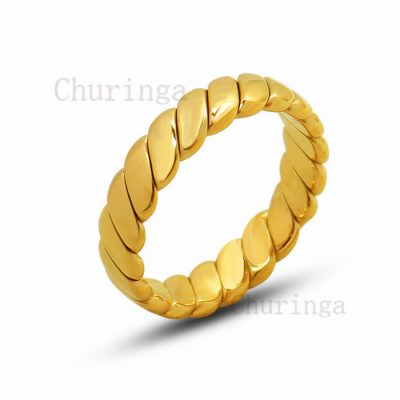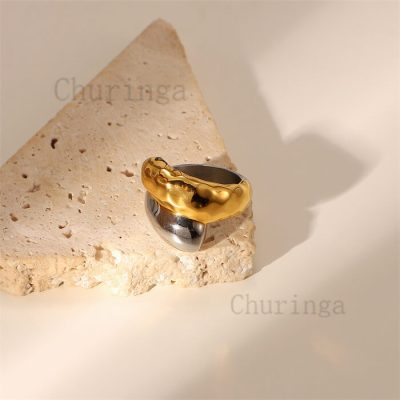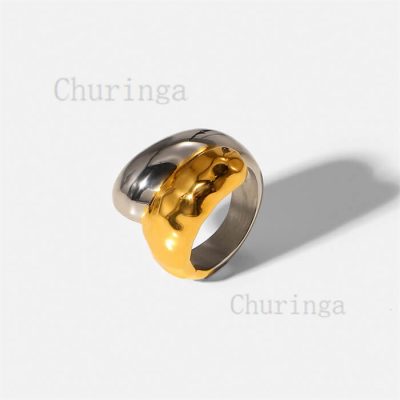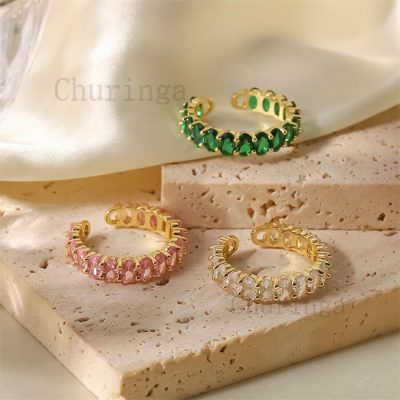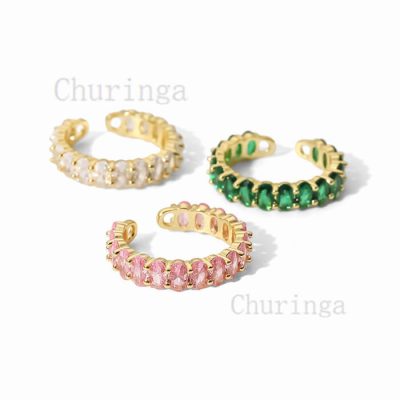What is pvd plating?
Physical Vapor Deposition (PVD) Electroplating is a process used to deposit a thin layer of metal onto a substrate, typically a metal. It involves the deposition of a thin film of metal onto the surface of the substrate, usually through the use of a vacuum chamber or a low-pressure atmosphere. The result is a thin layer of metal, typically on the nano-scale, that is able to provide a better surface finish, wear resistance, and corrosion resistance.
Process flow of PVD electroplating
Step 1: Preparation
Before starting the PVD electroplating process, the parts must be adequately prepared. This includes cleaning the parts and removing any oils, dirt, and other contaminants, as well as any burrs or sharp edges. The parts must also be decreased to ensure that any oils or other contaminants are removed. Once the parts are adequately prepared, they can be placed into the plating bath.
Step 2: Pre-treatment
In order to ensure that the parts are properly plated, they must be pre-treated. This typically involves a chemical bath, which will remove any oxidation that may have occurred during the preparation process. It is important that the parts are completely immersed in the pre-treatment bath for the correct amount of time, as well as heated to the correct temperature.
Step 3: Plating
The plating process begins by introducing metal into the plating bath. This can be done through a variety of methods, such as sputtering or evaporation. Once the metal is introduced, it is dispersed throughout the bath until it reaches a homogeneous state. The parts are then placed in the bath, where the metal will adhere to the surface of the parts.
Step 4: Post-Treatment
Once the plating process is complete, the parts must be post-treated. This typically involves a chemical bath, which will help to remove any residual metal that may be present. The parts must also be rinsed in deionized water to further remove any contaminants.
Step 5: Inspection
The final step in the PVD electroplating process is inspection. This involves visually inspecting the parts to ensure that the plating is even and free from any defects. The parts must also be tested to make sure that the plating meets the required specifications.
The PVD electroplating process is an important part of many manufacturing processes, as it provides a thin layer of metal that is able to provide a better surface finish, wear resistance, and corrosion resistance. It is important that the process is done correctly in order to ensure that the parts are properly plated. Following the steps outlined above will ensure that the parts are adequately prepared, pre-treated, plated, post-treated, and inspected.
How long does PVD plating last?
PVD plating is a very durable process, and the protective layer that is applied can last for many years. This is because the coating is so thin that it doesn’t wear away easily, and it also prevents any damage from occurring to the underlying metal. The amount of time that the coating will last depends on how it is used and what kind of environment it is exposed to. In general, PVD plating can last for anywhere from a few years up to many decades, depending on the conditions.

